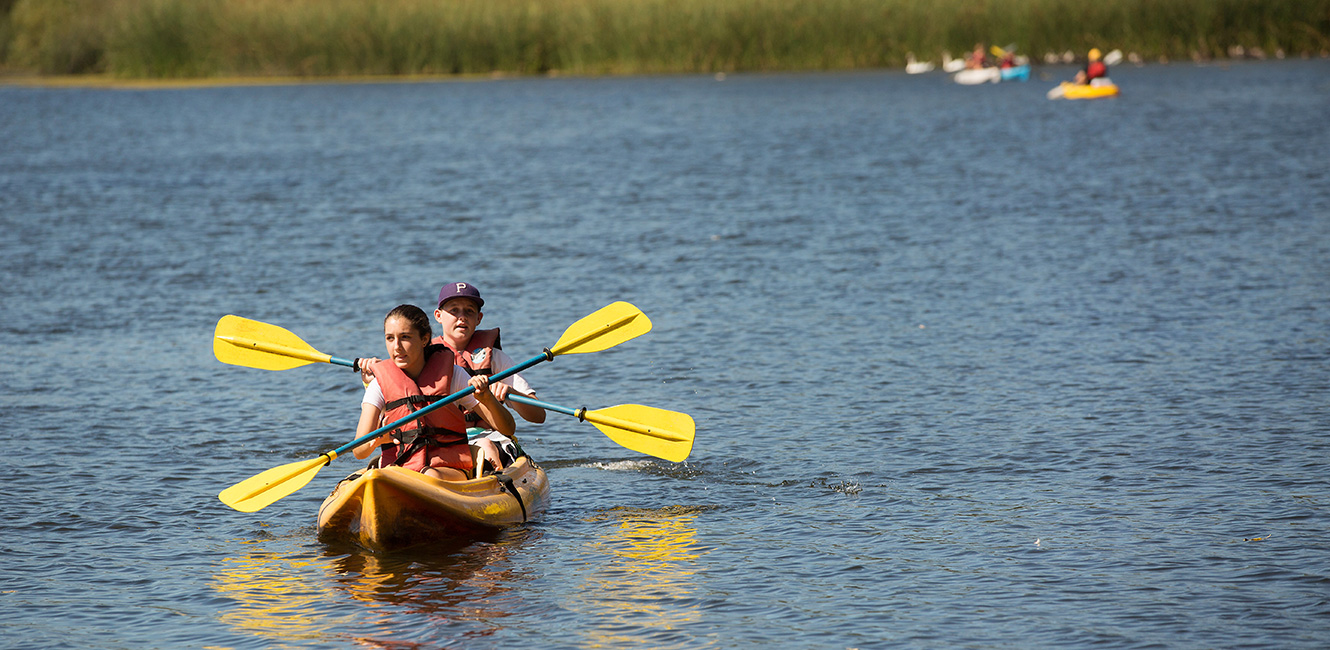SCIPP - Background

Project Background
The SCIPP brings together and builds on previously approved plans and reports. Some of these include the Sonoma County General Plan 2020, the County Pedestrian & Bikeways Plan update, the Agricultural Preservation & Open Space District’s 2005 Connecting Communities with the Land, as well as recent County health and food action plans such as the Portrait of Sonoma. The Sonoma County Integrated Parks Plan seeks to identify synergistic opportunities between existing and planned facilities throughout the County.
As part of process the SCIPP team conducted a detailed inventory of the current Regional Park facilities and programs. This included an inventory of existing park specific Master Plans and a series of interviews with the park rangers responsible for the operation of the facilities.
Preliminary outreach included an initial round of stakeholder interviews and partner agency consultations to better understanding of the priorities of the various interest groups and providers. A first round of public outreach was also conducted with in-person surveys and an online survey that was available through a variety of outlets to gather input and help to identify needs and opportunities for improving the county wide park system.
Project Overview
The Sonoma County Integrated Park Plan (SCIPP) is a strategic plan that establishes a vision to guide the ongoing and future work of the Regional Parks system. The SCIPP highlights areas of opportunity to integrate existing and planned outdoor recreation facilities, trails and protected open space lands with key national and regional trends along different themes including: outdoor recreation, agriculture, health, tourism and transportation.
The vision outlined by the plan seeks to align Sonoma County’s parks and open spaces with local and regional economic, environmental, and community initiatives, while strengthening the mission of Sonoma County Regional Parks.
With this in mind, the four main goals of the plan are to:
- Conserve and protect natural and cultural resources
- Ensure access for all to the County’s recreational resources
- Promote physical, mental and community health
- Improve the vitality of the outdoor recreation economy in the County
Sonoma County’s natural landscapes are the foundation of many local industries and the county’s most strategic asset. The SCIPP evaluates the current status of the parks system including an overview of the other public land management agencies and local municipalities, non-profit organizations, and private providers that all contribute to maintaining a regional system of outdoor recreation opportunities, promoting health, building community, and protecting natural resources.
System wide strategies are outlined in the plan suggesting a variety of ways the Regional Parks can enhance park and trail facilities and expand programming capacity. By integrating its mission with the goals of other providers including the nine Cities, State Parks, private recreation providers, County health and other initiatives, Regional Parks can help support the delivery of a thriving, and well connected County-wide system of parks, open spaces and trails for the future.
Building on the current status and relevant opportunities and trends, the strategies are organized into five categories:
- Outdoor Recreation
- Education and Environment
- Economic Vitality
- Healthy Communities and
- Communications, Marketing and Funding
The strategies are followed by highlights of specific recommendations for improving parks, trail facilities and programs within each of the eight Park Area Designations (PADs). The recommendations are organized into the following categories:
- Existing Park, Open Space, and Trail Facilities: recommendations for improving and expanding existing SCRP facilities.
- Programs and Events: recommendations for new and/or improvements to existing programs including partnership opportunities to provide more robust offerings.
- Planned and Proposed Park, Open Space, and Trail Facilities: recommendations for acquisition and development of new facilities –the majority of which are planned projects identified in other adopted plans, while some projects are proposed herein by the SCIPP.
- Partnerships and Collaborations: a listing of site and resource-based potential partnerships with each PAD.
A series of maps in Appendix A describe the various projects within each PAD, and a comprehensive list of recommendations is under development in Appendix B. The final plan resulting from the Integrated Parks Planning process will include an additional chapter which will identify and prioritize high opportunity projects, and develop preliminary funding and implementation strategies.


 Translate
Translate